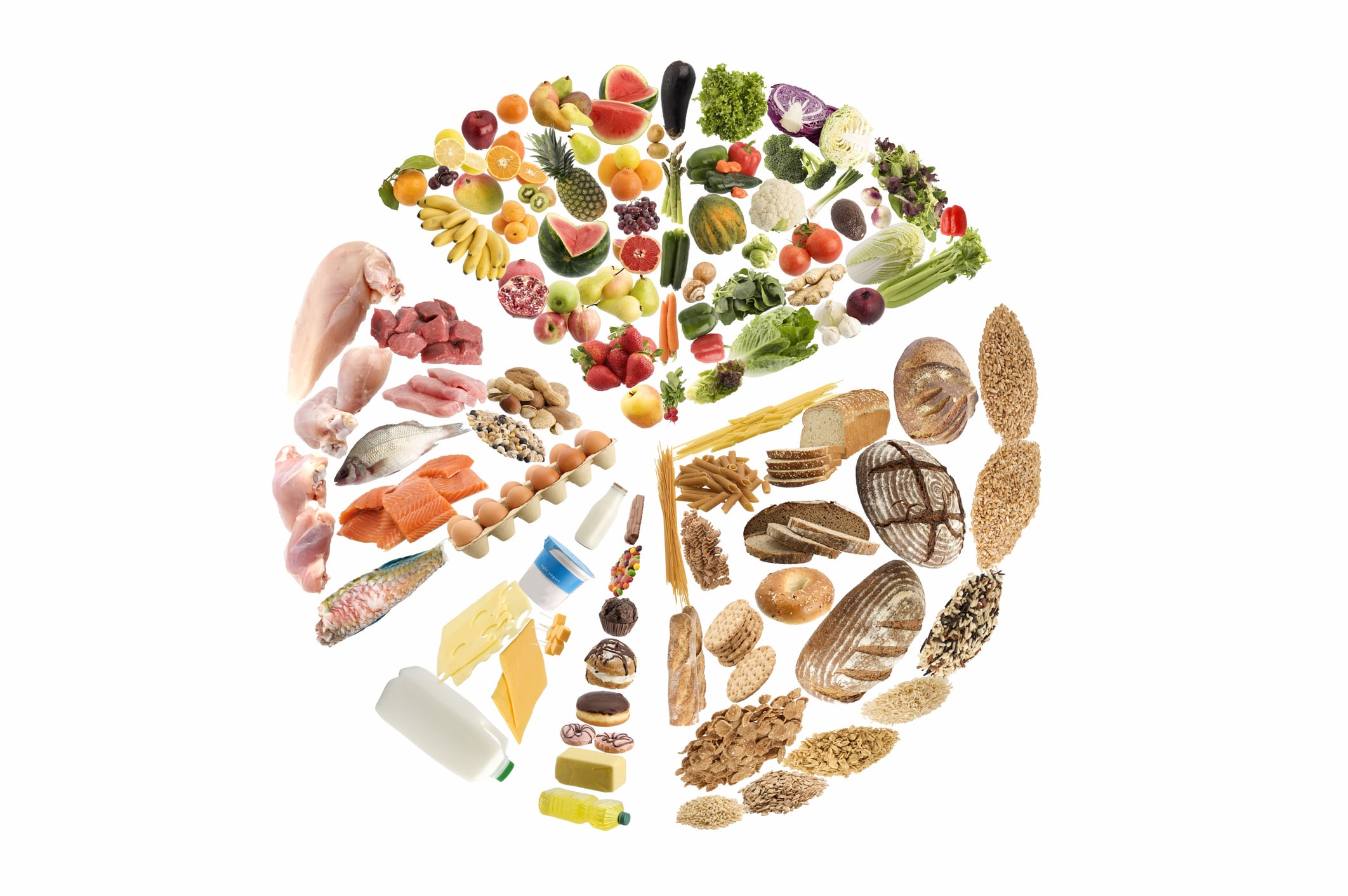When was the sugar tax introduced?
March 2016 saw former Chancellor George Osborne announce in the introduction of the levy at the Budget and was implemented almost two years later in April 2018.
Why was it implemented?
It was designed to encourage manufacturers to reduce sugar content, with a higher rate for drinks with sugar equal 5g or more per 100ml an a higher rate for drinks with 8g or more per 100ml.
How did suppliers and pubs react?
At the time. many drinks producers reformulated products to reduce sugar content and fall below the levy.
However, for the products that remained at the higher sugar level, this meant operators faced higher wholesale prices due to the levy, which was then often passed onto consumers.
In 2019, Stockport-based brewery and pub company Robinsons said the impact on pubs had been minimal as the business had swapped drinks for their lower sugar alternatives with little complaints from customer.
Trade bodies also criticised proposals to increase the scope of the levy, arguing operators were already struggling under the strain of other costs.
UKHospitality’s Kate Nicholls said: “At at time of increasing costs and near-unprecedented political uncertainty, the Government should not be looking to pile more costs on businesses.
“Issues such as obesity are taken very seriously by hospitality businesses and many are working hard to make sure customers have healthy choices.
“Additional taxes at this time are only going to undermine employers’ ability to invest and reduce options for customers.”
What about now?
Currently, there are exemptions included milk-based drinks, chilled coffee drinks and pure fruit juices.
However, recent reports have revealed current Chancellor Rachel Reeves is looking to introduce a ‘milkshake tax’, ending part of the exemption.
Under the rules, it would mean the levy would apply to dairy drinks containing 4g or more of sugar per 100ml, which would be a reduction from the existing 5g threshold for other soft drinks, according to The Independent.




